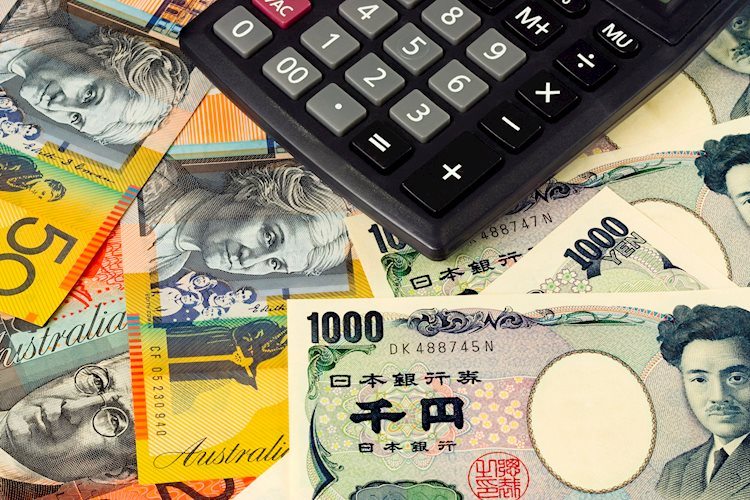The AUD/JPY cross experienced a decline in the Asian trading hours on Friday, hovering around 100.50. This drop was attributed to verbal intervention from Japanese authorities in support of the Japanese Yen against the Australian Dollar. China’s economy also played a role in the currency movement, expanding at a slower rate of 4.6% YoY in the third quarter, though slightly better than expected. Retail sales and industrial production in China also showed positive signs in September. Following a meeting on October 16, Chinese officials announced plans for expansive financial policies, which could potentially boost the Australian Dollar due to China’s status as a major trading partner for Australia.
The verbal intervention from Japanese officials, specifically Atsushi Mimura, Japan’s Vice Finance Minister for International Affairs, expressed urgency in monitoring foreign exchange movements. This came amid expectations of the Bank of Japan keeping interest rates unchanged at its upcoming meeting in October. A majority of economists predict a stagnant rate through December, with a potential hike to 0.5% by the end of March. These anticipated moves by both Japanese and Chinese authorities have influenced the movement of the AUD/JPY currency cross in the Asian trading session on Friday.
The Japanese Yen is considered one of the most traded currencies globally, with its value influenced by various factors including the performance of the Japanese economy, policy decisions from the Bank of Japan, yield differentials between Japanese and US bonds, and trader sentiment towards risk. The Bank of Japan has historically intervened in currency markets to control the value of the Yen, often aiming to lower its value. However, recent policy changes and actions from the BoJ have provided some support to the Yen in the forex market.
The BoJ’s ultra-loose monetary policy between 2013 and 2024 resulted in the depreciation of the Yen against its major counterparts as a policy divergence emerged between the Bank of Japan and other central banks. The gradual unwinding of this policy has somewhat bolstered the Yen’s value. Over the years, the BoJ’s commitment to ultra-loose monetary policy has widened the policy divergence between the US Federal Reserve and the Japanese central bank, favoring the US Dollar against the Japanese Yen. As interest rates in major central banks begin to align, the differential between US and Japanese bonds is narrowing, impacting the value of the Yen in the forex market.
The Japanese Yen is often viewed as a safe-haven investment during times of market instability. Investors tend to move their funds to the Japanese currency during turbulent periods due to its perceived reliability and stability. This behavior strengthens the value of the Yen against riskier currencies. Overall, the movements of the AUD/JPY cross and the Japanese Yen are subject to a complex interplay of economic indicators, policy decisions, and market sentiment, making them key players in the global forex market.










